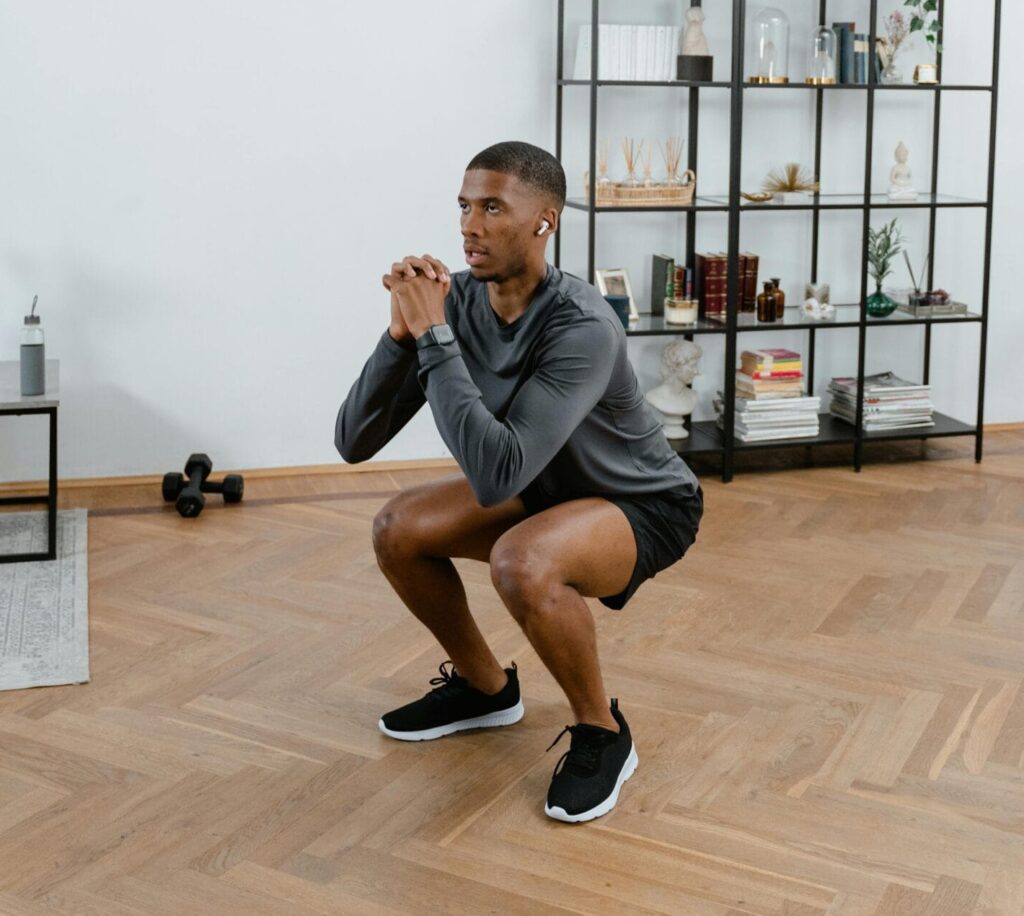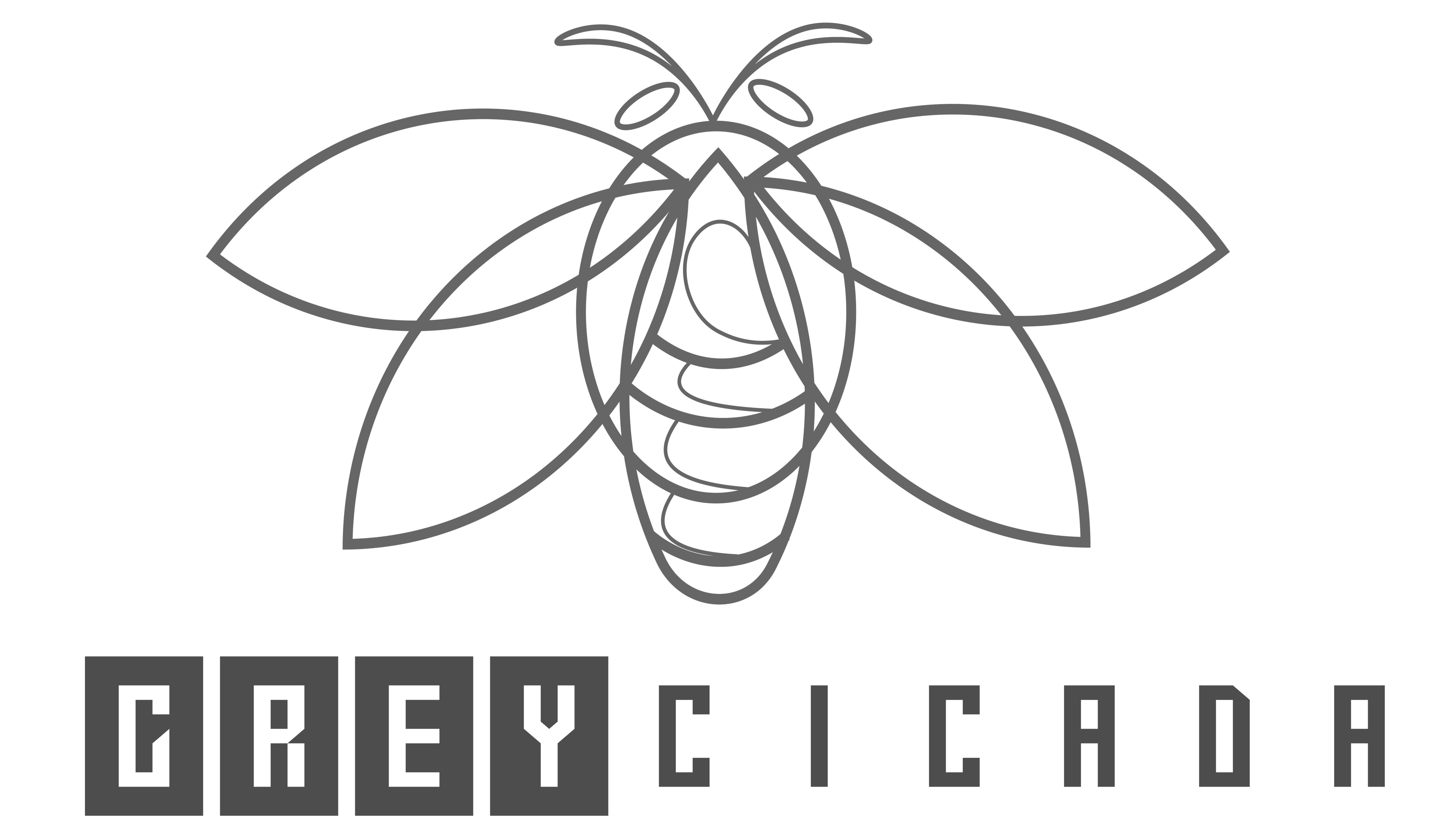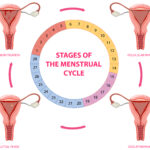FREE SHIPPING OVER $50
These 5 Pelvic Floor Exercises Can Transform Your Core, Bladder, and Bedroom—And Most Men Have No Idea

You spend countless hours at the gym building a powerful core. You do sit-ups, planks, and leg raises, all in an effort to get those rock-hard abs and a strong, stable midsection. But what if the muscles that truly form the foundation of your core—and are the key to unlocking better bladder control and a more satisfying sex life—are ones you cannot even see?
Most men have no idea that a crucial set of muscles known as the pelvic floor exists. They are not talked about in the gym, and they are often dismissed as a “women’s health” issue. But the truth is, a strong and healthy pelvic floor is just as important for men as it is for women. It is a hidden powerhouse that affects everything from your posture and lower back pain to your ability to achieve and maintain an erection. If you are a man who has ever experienced any of these issues—or if you simply want to build a truly strong and functional body—it is time to stop ignoring the pelvic floor. This article will reveal what the pelvic floor is and provide you with five simple exercises that can transform your health in ways you never thought possible.
The Hidden Powerhouse: What Exactly is the Pelvic Floor?
Think of the pelvic floor as a powerful hammock or sling of muscles that stretches from your tailbone to your pubic bone. These muscles have three essential functions that are critical to your overall health and well-being.
- Support: Your pelvic floor supports your bladder, prostate, and rectum. When these muscles are weak, these organs can shift, leading to a host of problems.
- Bladder and Bowel Control: The pelvic floor helps you control the flow of urine and bowel movements. It is this muscle that you consciously contract to stop yourself from urinating.
- Sexual Function: The pelvic floor muscles are directly involved in erectile function and the intensity of orgasms. They help to trap blood in the penis to maintain an erection and are responsible for the rhythmic contractions during orgasm.
The Problem Most Men Don’t Realize They Have
Many men live with a weak pelvic floor and attribute the symptoms to aging or other issues. A weak pelvic floor can cause several uncomfortable and embarrassing problems:
- Urinary Incontinence: This is not just a problem for the elderly. Many men experience a loss of bladder control, especially after prostate surgery or as a result of a weak pelvic floor from years of straining.
- Back Pain: The pelvic floor is a core stabilizing muscle that works in tandem with your diaphragm and deep abdominal muscles.8 When it is weak, it can put extra strain on your lower back, leading to chronic pain.
- Erectile Dysfunction: A weak pelvic floor can make it difficult to maintain an erection. The muscles are directly responsible for trapping blood in the penis and for the contractions that make an erection firm.
5 Exercises to Transform Your Core, Bladder, and Bedroom
These exercises are simple to do and can be done anywhere, anytime. Start with just a few minutes a day and build up to a consistent routine.
1. The Kegel
The Kegel exercise is a classic for a reason—it directly targets the pelvic floor muscles. The key is to make sure you are doing it correctly. First, find the right muscles. Imagine you are trying to stop the flow of urine, or that you are clenching to prevent passing gas. Once you have identified the right muscles, tighten them and hold the contraction for 3-5 seconds. You should feel the muscles lifting and contracting. Relax for 3-5 seconds and repeat the exercise 10-15 times. You can do this lying down, sitting, or standing.
2. The Bridge
The Bridge is a fantastic exercise for building a strong foundation for your pelvic floor. It strengthens your glutes and hamstrings, which are key supporting muscles. To do it, lie on your back with your knees bent and your feet flat on the floor, about hip-width apart. As you exhale, press your feet into the floor and lift your hips toward the ceiling. Hold this position for a few seconds, engaging your glutes and core, then slowly lower your hips back down. Repeat for 10-15 repetitions.
3. The Squat
A proper squat is not just a lower-body exercise; it is a full-core workout that deeply engages the pelvic floor. As you lower into the squat, the pelvic floor muscles lengthen and stretch. As you rise back up, they contract to help stabilize you. Make sure you are maintaining good form by keeping your chest up and your back straight, and go as deep as you comfortably can. A few sets of squats will help to improve the pelvic floor’s mobility and strength.
4. The Deep Squat Hold
This variation on the squat is an excellent way to improve pelvic floor endurance. Start in a deep squat position, with your hips as low as they can comfortably go. Hold this position for 30-60 seconds, or for as long as you can. While you are in the hold, focus on relaxing your pelvic floor muscles on the inhale and gently contracting them on the exhale. This exercise helps to improve the muscles’ ability to both relax and contract, which is crucial for health.
5. The Bird Dog
The Bird Dog is a core-stabilizing exercise that engages the deep abdominal muscles and helps alleviate pressure on the pelvic floor. To do it, start on your hands and knees. As you exhale, slowly extend your right arm and left leg, keeping your back straight and your hips level. Hold for a few seconds, then return to the starting position. Repeat with the opposite arm and leg. This exercise trains your core to stabilize your trunk, which is essential for a healthy pelvic floor.
Beyond the Exercises: A Holistic Approach to Pelvic Health
While these exercises are a powerful starting point, a truly healthy pelvic floor is part of a larger lifestyle.
- Breathing: Learn to breathe with your diaphragm. Deep, diaphragmatic breaths can help to relax and strengthen the pelvic floor muscles.
- Posture: Poor posture can put undue pressure on your pelvic floor. Pay attention to how you sit and stand.
- Stretching: Gentle stretching of the hips, inner thighs, and glutes can help to release tension in the surrounding muscles, which can improve the function of the pelvic floor.
- Consult a Professional: If you are experiencing serious issues, it is essential to consult a pelvic floor physical therapist. They can provide a personalized plan to help you address the root cause of your problems.
Conclusion
The pelvic floor is not a taboo topic, and its health is crucial for everyone, including men. By dedicating a few minutes a day to these simple exercises, you can strengthen your core, improve your bladder control, and even enhance your sexual health. The science is clear: these small habits can have a profound impact on your overall well-being. It is time to stop ignoring this crucial part of your body and start taking control of your health in a way you never thought possible.
Related Articles
- Want Bigger Glutes and Quads? Science Reveals the Exact Rep Ranges That Actually Work
- This 12-Minute Yoga Routine Reverses Bone Loss Better Than Walking—Doctors Are Stunned
- Men Over 50 Are Building Muscle Faster Than Ever—Here’s the Science Behind the Surge
- Struggling With Tight Hips? These 5 Moves Help You Stay Strong and Mobile as You Age
- This Core Exercise Looks Easy—Until You Try It. Here’s How I Finally Made It Work
- He’s 63, Ripped, and Defying Aging. What He Told Me About Muscle Blew My Mind—You Need to Hear This







